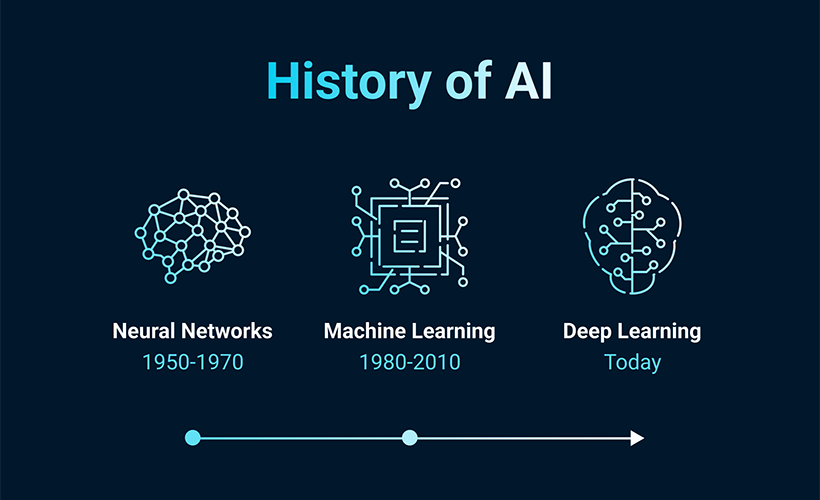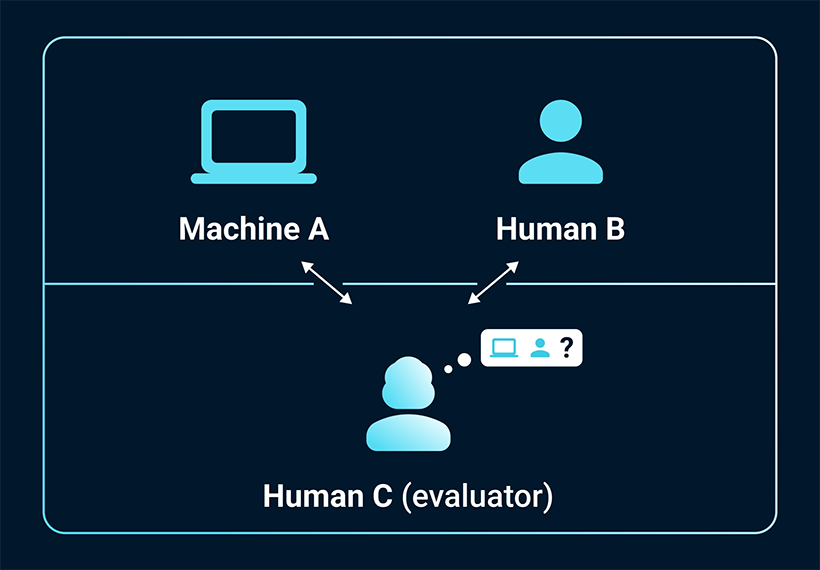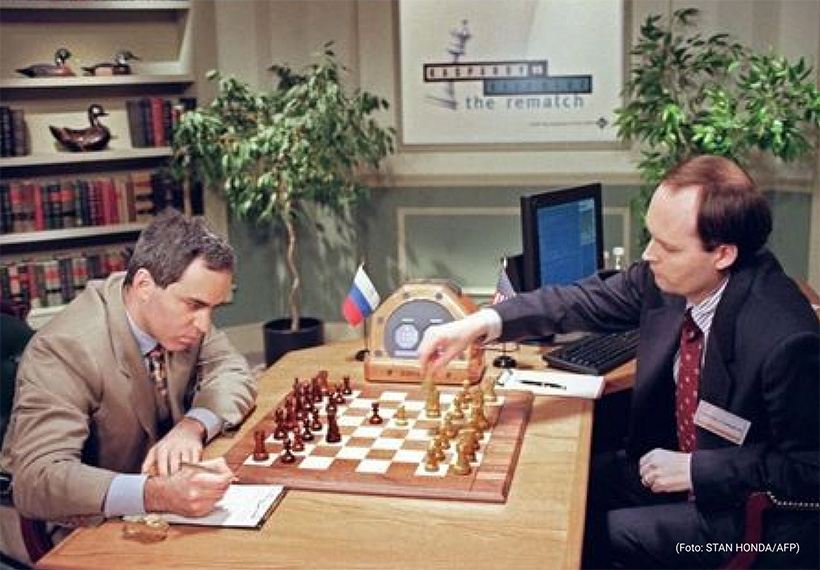
Key Milestones in the Development of Artificial Intelligence
1942: Alan Turing’s machine successfully decrypts the Enigma (https://cryptii.com/pipes/enigma-machine), aiding the British army and the Allies in decoding Nazi encrypted messages.
1950: Alan Turing (1912-1954) proposes a test in his paper “Computing Machinery and Intelligence” (https://redirect.cs.umbc.edu/courses/471/papers/turing.pdf) to determine a machine’s ability to exhibit intelligence or human-like behavior. He introduces the imitation game, involving isolating a computer and a human in separate rooms, with an examiner posing questions to identify which is which. Turing suggests that within five minutes, the computer should be able to deceive the examiner in 70% of cases. His paper begins with the question, “Can machines think?”
1942-1953: The Macy Conferences (https://asc-cybernetics.org/foundations/history/MacySummary.htm), initiated by neurologist Warren McCulloch, bring together mathematicians, logicians, anthropologists, psychologists, and economists to establish a general science of the mind’s functioning. Here, cybernetics, defined as the “science of controlled analogies between organisms and machines,” emerges, led by researchers like Arturo Rosenblueth and Norbert Wiener.
1955: Newell and Simon create The Logic Theorist, the first artificial intelligence program capable of proving theorems.

The Turing Test.
1956: Computer science specialists, including Minsky, McCarthy, Newell, and Simon, convene at Dartmouth College to share their research. It’s during this meeting that the term “artificial intelligence” is coined by American scientist John McCarthy.
1959: Arthur Samuel develops a checkers-playing program capable of self-learning, adapting its strategy based on the opponent.
1959: John McCarthy publishes “Programs with Common Sense” (http://jmc.stanford.edu/articles/mcc59/mcc59.pdf), likely the first paper on AI as the automation of thought processes.
1965: Irving J. Good introduces the concept of “technological singularity,” hypothesizing an exponential technological growth leading to AI-driven human civilization. He theorizes that “the ultra-intelligent machine” would be mankind’s last invention, provided it remains obedient.
1966: The first electronic therapist, ELIZA, is put into service.
1967: Richard Greenblatt creates Max Hack 6, the first chess program capable of defeating a human player.

AI against world chess champion Garri Kasparov. Deep Blue wins.
1984: The Cyc project is launched.
1996: IBM’s Deep Blue3 (www.ibm.com/ibm/history/ibm100/us/en/icons/deepblue/), a chess-playing computer, defeats World Champion Garry Kasparov in a rematch in 1997.
2007: Apple introduces Siri, its intelligent personal assistant.
2011: IBM’s supercomputer Watson wins two out of three rounds on the game show Jeopardy!, outperforming human contestants in cumulative earnings. Watson excels in answering general knowledge questions, not just technical ones, in very short timeframes.
2017: After just 40 days of training, AlphaGo Master (www.deepmind.com/research/highlighted-research/alphago) defeats world champion Ke Jie.
2019: OpenAI develops a conversational agent or chatbot named GPT-2, capable of writing press articles and fictional works.
Links
- The History of Artificial Intelligence – Harvard University
- History of artificial intelligence – Wikipedia
- Sell your AI electronic gadget online – iGotOffer
history of the entire AI field, i guess [Video]
Video uploaded by bycloud on October 13, 2022.






Facebook
Twitter
RSS